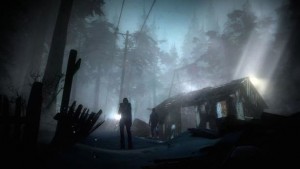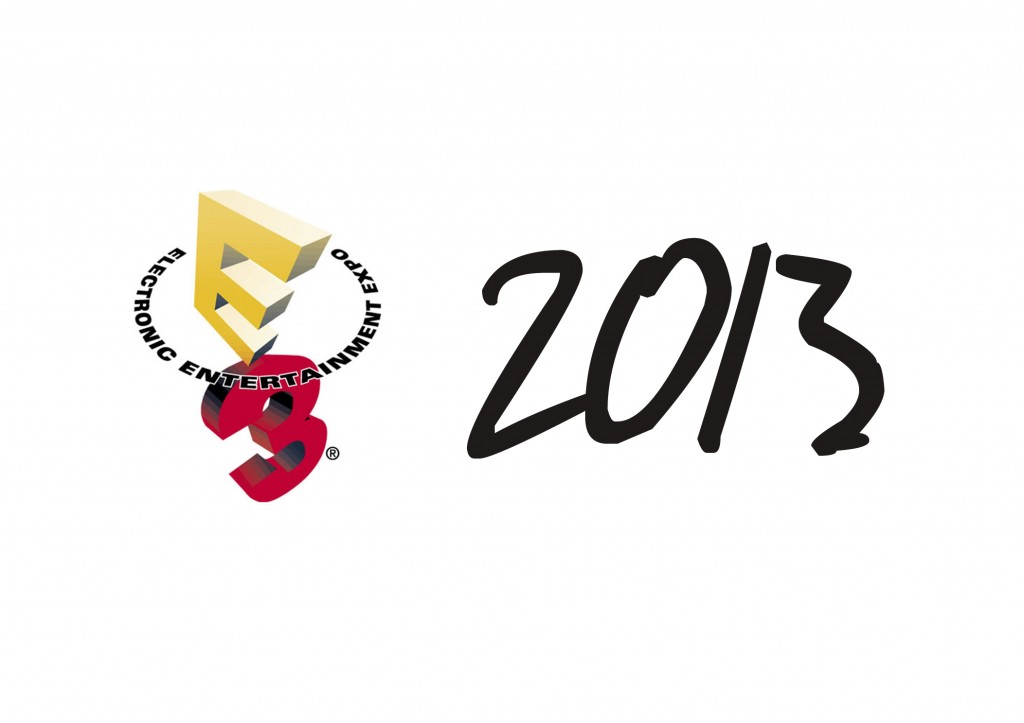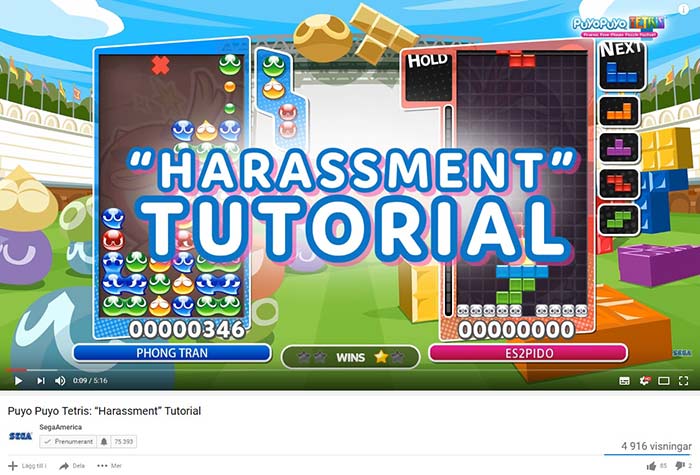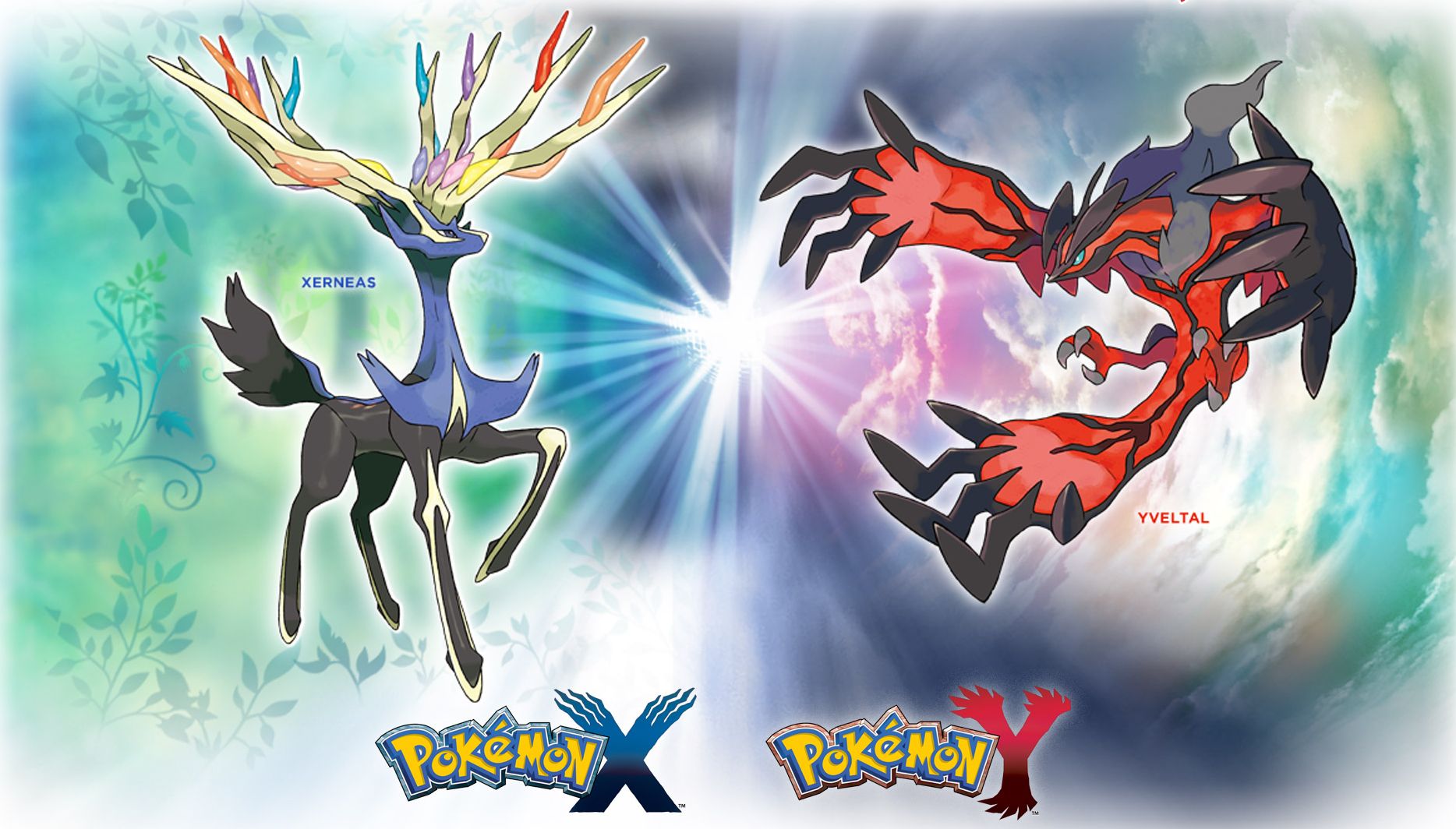Alisha asked me something earlier this week, and since it’s something that’s been nagging at me since, I figured, hey, maybe it’s about time I write about it in an effort to explore the subject more deeply. The subject at hand is perhaps best introduced in the paraphrasing of Alisha’s question as she posed it to me—how do I, as someone primarily concerned with the narratives of video games, reconcile with the idea of ludonarrative dissonance?
 Just to make sure we’re all on the same page, I want to take a moment to explain what is meant by “ludonarrative dissonance,” to frame the debate about its presence in video games, and to contextualize this term and the implications it has for the way we think about video game narratives. It’s a term that seems to have been thought up by Clint Hocking in his examination of Bioshock as a game that, he argues, “seems to suffer from a powerful dissonance between what it is about as a game, and what it is about as a story.” Or, as Robert Yang puts it, the idea of ludonarrative dissonance represents those “moments when what’s happening in a single player action game doesn’t fit with what the game is telling you is happening — maybe it’s just plain wrong, maybe the tone doesn’t match, or maybe the game thinks this thing is more interesting than it is — either way, it doesn’t quite work.” Or, to put this another way, Yang explains,
Just to make sure we’re all on the same page, I want to take a moment to explain what is meant by “ludonarrative dissonance,” to frame the debate about its presence in video games, and to contextualize this term and the implications it has for the way we think about video game narratives. It’s a term that seems to have been thought up by Clint Hocking in his examination of Bioshock as a game that, he argues, “seems to suffer from a powerful dissonance between what it is about as a game, and what it is about as a story.” Or, as Robert Yang puts it, the idea of ludonarrative dissonance represents those “moments when what’s happening in a single player action game doesn’t fit with what the game is telling you is happening — maybe it’s just plain wrong, maybe the tone doesn’t match, or maybe the game thinks this thing is more interesting than it is — either way, it doesn’t quite work.” Or, to put this another way, Yang explains,
It’s when you realize your sympathetic handsome male player character is a sociopathic mass murderer, or maybe when a character in an RPG “dies” despite having already died and revived dozens of times before, or maybe the brief instance when an elite soldier NPC glitches in the middle of a doorway despite all the boring game lore dumped on you.
And this idea of ludonarrative dissonance also seems to be a contentious and much-debated one. Yang, for one, maintains that ludonarrative dissonance doesn’t even really exist because, he argues, “most players do not find dissonance to be dissonant.” Lana Polansky does seem to think it exists, arguing (and rightly so, in my opinion), “[W]hether or not people notice something in a piece of media is a terrible litmus for whether or not it exists.” But she also doesn’t like the use of the term dissonance because, as she puts it, dissonance “is a textual and tonal device. It’s also a sensibility, a kind of distinct affective response. It is not, in and of itself, a pejorative.” As such, Polansky prefers instead to use the terms coherence and incoherence “for discussing the internal cohesion of works of art and whether or not those works are confused in their messaging, and the tools they are using to communicate those messages.”
I have to admit that I’m not entirely sure how I feel about all this, and, in the spirit of full disclosure, I also have to admit that I probably haven’t thought about the matter of ludonarrative dissonance (or incoherence) as much as I should. I can begin by saying that I don’t know that I have as much of a problem with the terminology as Polansky does. And I definitely don’t agree with Yang’s argument that it doesn’t exist. Because I do think that we can find certain tensions in certain situations existing between a game’s narrative and its gameplay. And at the very least, I think that Yang and Polanksy’s arguments allow us to think about how we might interrogate these tensions—how do such tensions converse with those we might see in other types of narrative? How do we interact with these tensions? How does the manner in which we engage with dissonance inform our understanding about the way we navigate a game’s storytelling and about the way we (more broadly) navigate storytelling across media forms?
 Indeed, I find that that’s often the connection I make when thinking about ludonarrative dissonance—the manner in which this dissonance may be symptomatic of larger problems many types of narrative seem to have with storytelling. While playing Until Dawn, for example, I’m struck by the tension between the fact that the game directs us to take care with the choices we make (since these choices will affect the survival of the characters), and the fact that it doesn’t, say, give me the option to choose to pick up the rifle that is hanging on the wall right next to me before going to investigate the sound of breaking glass in a remote room of the isolated cabin after having just been chased through the forest by an unknown creature; in this way, the manner in which we’re directed to orient our gameplay is, at times, at odds with the manner in which the narrative moves forward. But the tension I’ve experienced in this particular example doesn’t necessarily feel wholly unique to the game; I mean, how often, in the course of watching a slasher film, do we shout at the characters on the screen regarding the unsound logic of running up the stairs or regarding the incoherent decision to investigate spooky locales without a weapon?
Indeed, I find that that’s often the connection I make when thinking about ludonarrative dissonance—the manner in which this dissonance may be symptomatic of larger problems many types of narrative seem to have with storytelling. While playing Until Dawn, for example, I’m struck by the tension between the fact that the game directs us to take care with the choices we make (since these choices will affect the survival of the characters), and the fact that it doesn’t, say, give me the option to choose to pick up the rifle that is hanging on the wall right next to me before going to investigate the sound of breaking glass in a remote room of the isolated cabin after having just been chased through the forest by an unknown creature; in this way, the manner in which we’re directed to orient our gameplay is, at times, at odds with the manner in which the narrative moves forward. But the tension I’ve experienced in this particular example doesn’t necessarily feel wholly unique to the game; I mean, how often, in the course of watching a slasher film, do we shout at the characters on the screen regarding the unsound logic of running up the stairs or regarding the incoherent decision to investigate spooky locales without a weapon?
What I think I’m trying to get at is this—while dissonance may occur differently in games (as opposed to other media forms), it doesn’t seem to be something that occurs only in games, which Polansky also points out:
Dissonance is not, as I have pled the case before, unusual in different art forms, or even particularly controversial. There is no real expectation for all the pieces of a work to move completely in sync, particularly in narrative media, and if there were a great deal of artwork would lose the degree of conflict that makes it provocative and affecting.
Yet, while we might be expected to enact some sort of suspension of disbelief to traverse through these narratives and navigate their dissonances, I also don’t think this means we should ignore such dissonances entirely or argue that they don’t exist simply because most people may not be bothered by them. It’s important to talk about these moments, to think about how they affect our engagement with a text, to put them in conversation with each other, whether they occur in video games, film, literature, or whatever other media form it may be. Because that’s why criticism of any sort is important—it allows us to think more deeply and more fully about how it is we interact with a text and how it is our narratives make meaning.




